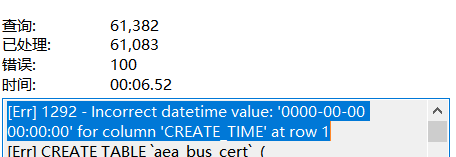Java Thread中, join() 方法是让调用该方法的主线程执行run()时暂时卡住,等run()执行完成后, 主线程再调用执行join()后面的代码。示例:
class ThreadTesterA implements Runnable {
private int counter;
@Override
public void run() {
while (counter <= 10) {
System.out.print("Counter = " + counter + " ");
counter++;
}
System.out.println();
}
}
class ThreadTesterB implements Runnable {
private int i;
@Override
public void run() {
while (i <= 10) {
System.out.print("i = " + i + " ");
i++;
}
System.out.println();
}
}
public class ThreadTester {
public static void main(String[] args) throws InterruptedException {
Thread t1 = new Thread(new ThreadTesterA());
Thread t2 = new Thread(new ThreadTesterB());
t1.start();
t1.join(); // wait t1 to be finished
t2.start();
t2.join(); // in this program, this may be removed
}
}
如果去掉t1.join()这个语句过后, 输出的顺序是乱的, 加上这个语句后, 就会按照顺序输出, 从某种意义上说实现了同步。








